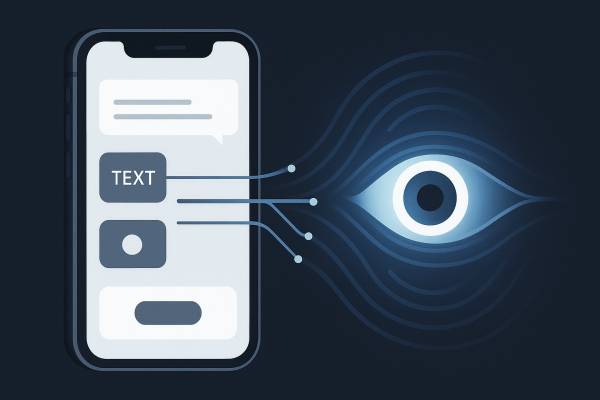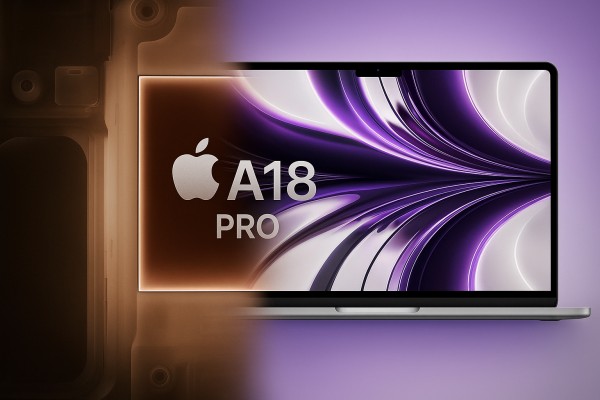The EU's Common Charger Directive, aimed at protecting the environment and standardizing consumer products, has been essential in introducing a universal USB-C charging solution for smartphones and other electronic devices. The regulation was designed to prevent unnecessary electronic waste from using different types of charging ports and to ensure that consumers do not need multiple chargers. Importantly, the original text did not require every device to have a USB-C port; it only specified that if a device supports wired charging, it must be USB-C based. This distinction opens the possibility for future devices to be built without any port if they offer only wireless charging.
Apple is seriously considering dropping the USB-C connector following the removal of the 3.5 mm jack. There was even discussion that the iPhone 17 Air model could become the first portless smartphone. Although the manufacturer eventually decided to keep the USB-C port, many within the company believe that advances in wireless charging technology might soon allow for a complete move to a portless design.
A portless design could offer several advantages:
-
Improved water and dust resistance: Removing the physical connector can better protect the device’s interior from external impacts, further enhancing its water and dust resistance.
-
Optimized internal space: Eliminating the port frees up internal space that could be used for a larger battery or more efficient components.
-
Sleeker design: Without the need to accommodate a connector, devices can be made thinner and more aesthetically pleasing.
Apple's innovative approach has already contributed to the rise of wireless technologies. For example, the disappearance of jack connectors greatly boosted the popularity of wireless headphones. Although wireless solutions existed before, their prices only became affordable when Apple introduced them, prompting many manufacturers to lower their prices.
The transition to fully wireless charging could trigger a similar process. Many manufacturers might enter the market with new and improved solutions, gradually pushing wired options into the background. This shift would not only reduce prices but also minimize compatibility issues between devices. However, such a transition is unlikely to happen overnight. Older models may continue to feature physical ports, while new high-end models could be the first to adopt a portless design. This transitional period would allow consumers to gradually adapt to the new technology as the market evolves.










































